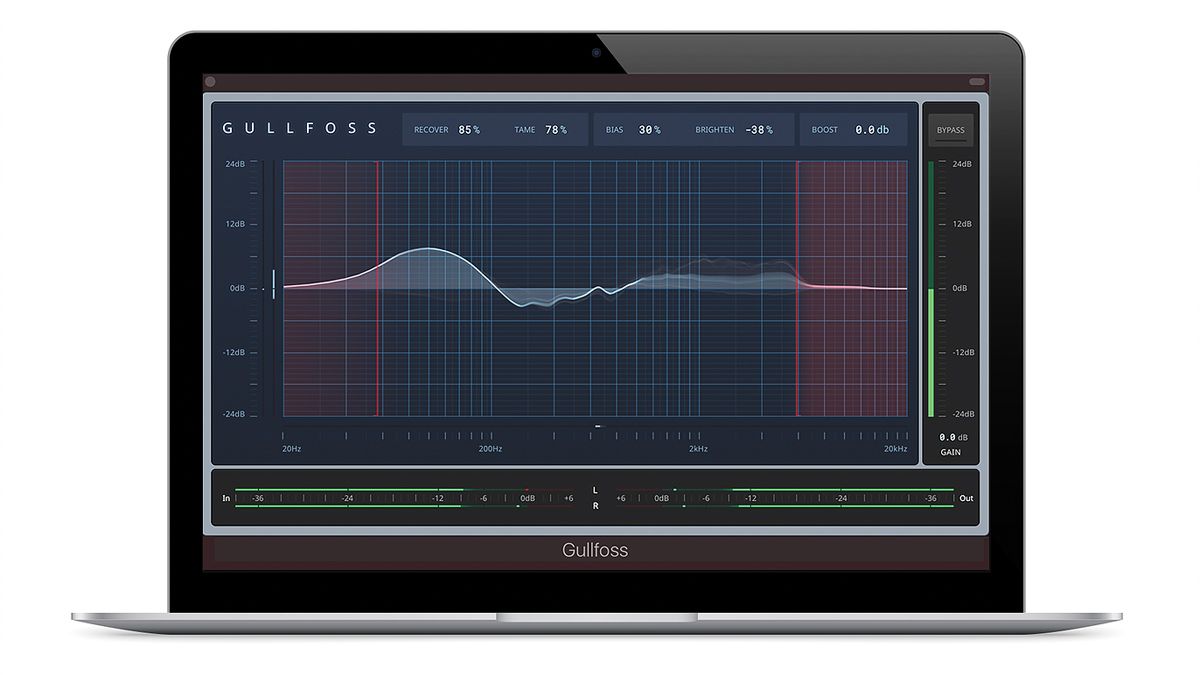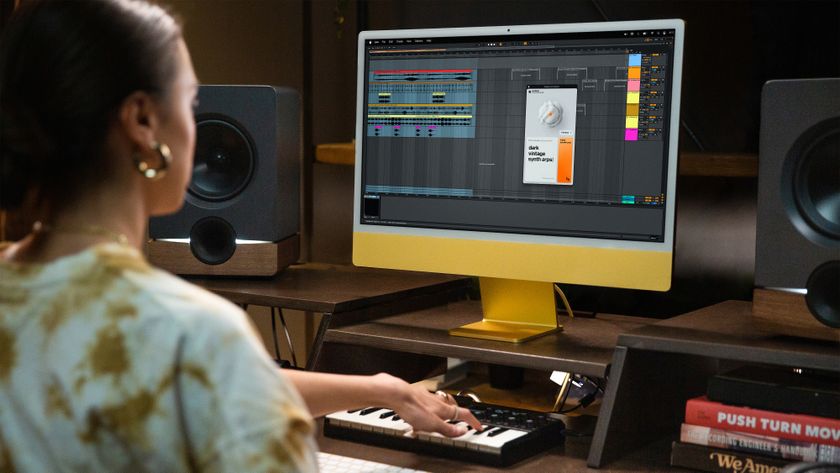Soundtheory says that its Gullfoss intelligent EQ plugin gives you a set of ‘golden ears’ that can resolve problems in your mix
It automatically responds to the audio that you feed it

Soundtheory’s Gullfoss is the latest ‘intelligent’ plugin to hit the market; it’s an automatic EQ that uses “computational auditory perception technology to identify and resolve problems in the frequency balance of your signal.”
In practical terms, this means that the EQ automatically adjusts its settings based on the audible features of the input signal. The idea is that you get instant fixes for problems that you might not know how to solve.
"Gullfoss is your own pair of Golden Ears", said Andreas Tell, Research Director and co-Founder of Soundtheory. "Not only does it solve a wide range of issues when mixing and mastering to help you get the best, most consistent sound possible, but it can also serve as a valuable resource to analyse your mixes and help you improve your craft."
Despite the complex processing going on behind the scenes - Soundtheory says that Gullfoss can change its frequency response more than 100 times per second and without introducing audible artifacts or degrading signal quality - the interface has been designed to be easy to use, with just a basic set of parameters on show. The plugin even promises to resolve balance issues between different elements of a mix without accessing the individual tracks.
Gullfoss is currently available for Mac only, but a PC version will follow later this year. Its full price is $199, but it’s currently being offered at the introductory price of $99. Find out more, listen to audio examples and download a demo on the Soundtheory website.
Get the MusicRadar Newsletter
Want all the hottest music and gear news, reviews, deals, features and more, direct to your inbox? Sign up here.

I’m the Deputy Editor of MusicRadar, having worked on the site since its launch in 2007. I previously spent eight years working on our sister magazine, Computer Music. I’ve been playing the piano, gigging in bands and failing to finish tracks at home for more than 30 years, 24 of which I’ve also spent writing about music and the ever-changing technology used to make it.











